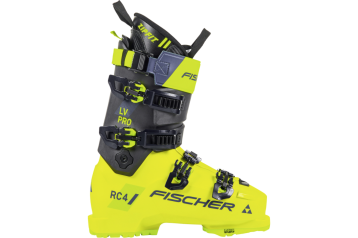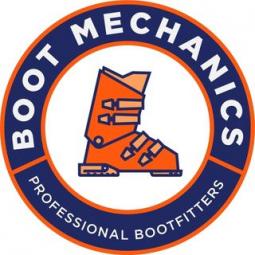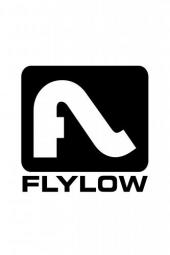Some things have a kind of cult appeal that might not make sense to some, but to others will represent an answer to their prayers--the Fischer RC4 Pro LV ZF is like that. The ZF stands for ZipFit, meaning its lace-up ZipFit liner. Those two initials will be enough to sell the boot to ZipFit cultists who can't go back to boots that don't have liners with chipped cork and resin ankle pocket and tongue fill-zones. The RC4 Pro's "LV" initials indicate low-volume, and it's all of that, in spades, even without the additional performance squeeze provided by ZF cork. Anytime you start talking up something's cult following, you've essentially chosen to overlook (or alienate) a portion of that thing's potential market. But it doesn't matter. This boot may not be for everybody, but for those that it is for, it is perfect--and not found anywhere else.
First, the liner must go on the foot and be laced up, then crammed into the shell like putting on a World Cup style race boot. Some of our testers were able to remove the laces and get the boot on their foot with the liner in the shell, in normal fashion, but this comes with its own entry challenges and we think plug-style liner cramming is the way to go here. For some skiers, especially the ZipFit savvy and those with serious race backgrounds, this is not a problem. However, for the uninitiated it can be daunting, especially given the shell's real 140 stiffness carved out of standard wall-thickness polyurethane--queue up a single-digit parking lot morning and donning this bad boy could be hernia-inducing. To be fair, with some practice, getting the boot on and off this way isn't so bad, and in fact, for folks with a bony top of foot, the liner, on and laced-up, protects that spot from a traditional entry's painful encounter with the plastic shell overlap at the throat of the boot. Lace-up liner fans will also attest that the closure achieved through the instep and up through the base of the shin with laces is hard to duplicate. This, plus an already closely-lasted 98mm shell adds up to a very snug fit for the low-volume foot. A lot of boots may just slap an L and a V onto the model name--this one means it.
The chipped cork resin of the ZipFit liner fills the ankle pockets and helps secure the heel and is also packed into the liner tongue's exterior construction, away from the padded shin contact layer. This relatively stiff, putty-like material responds to the heat and pressure of wearing by migrating slightly and slowly, eventually matching the body's shape by moving away from high pressure points to fill adjacent void spaces. This does not happen quickly, but even ten minutes spent wearing the boot indoors will begin to have a beneficial affect. Adding heat to the liner, or ideally liner and shell both, can accelerate this heat molding process but regardless, some time and patience will be rewarded with a firm (not hard) grip on the foot and leg. Additional cork goo can be pumped into the ankle or tongue chambers via cork-loaded tubes that can be purchased as an accessory item.
Putting on this boot after another tester has worn it often doesn't feel right, as it had molded a bit to that person's shape. Upon initial try-on, if a tester doesn't either have the patience to wear the boot for a little longer than usual (or adding heat) before judging fit, he'll invariable downgrade the boot's initial fit score--which was probably the case for this boot's lower-than-deserved Anatomical Fit and Initial Feel score. It's no different for the prospective buyer who will be trying on the RC4 Pro LV ZF in the shop--it'll feel like somebody else's foot (the previous customer's) for a while, so expect that and give it some extra time to do its thing.
With enough time or heat, the ZipFit liner matches the foot and leg but it also matches the interior shellscape for a well-locked connection from body to ski. The density of the cork is also a good transmitter of movement energy--no soft foam packing to mute direct messaging to the ski. The patience that led to a comfortable, close fit will also yield performance gains in terms of how the boot skis, and testers said that the RC4 Pro LV ZF did that quite well. Its highest scores were loaded into the performance parameters of stance, edging and quickness, and testers found few faults in any of those metrics, save its fore-aft stance which was slightly more forward than the too-upright cuff of current fashion (meaning, the RC4 Pro LV ZF is probably just right the way it is).
The stiffness, the ZipFit considerations and the aggressive stance attack all add up to needing a skilled pilot who knows what he's getting into. For the technically skilled all-mountain skier with a low-volume foot who wants the edge power and quickness of an almost-race Frontside carver but tuned for high-speed, off-piste, hammering descents the RC4 Pro LV ZF will not disappoint. For skiers who aren't quite there yet, testers say it will absolutely elevate your game--if you're game.













Kudos
Caveats